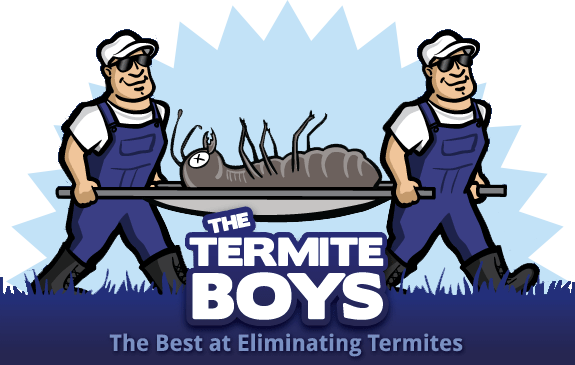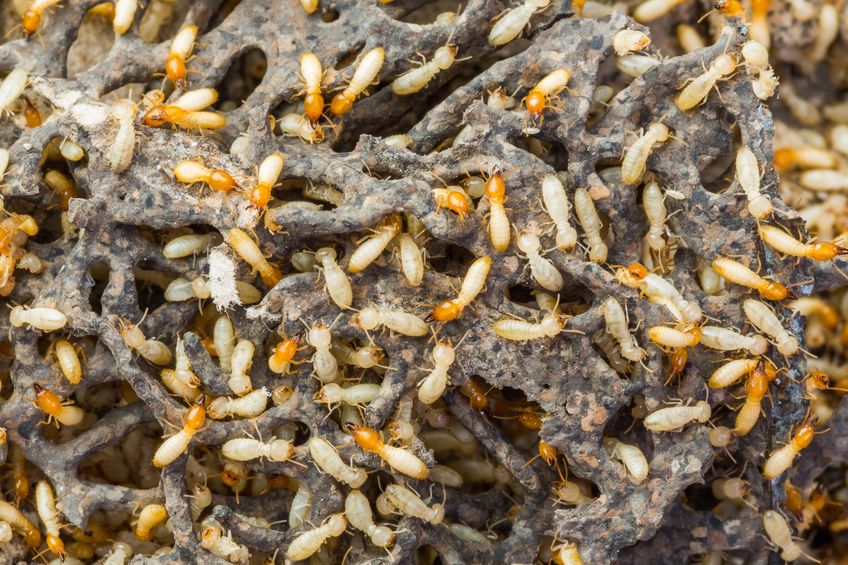The eastern subterranean termite is the most economically significant termite species in the country due to its wide habitat distribution, which spans the entire eastern half of the US and most western states. The eastern subterranean termite is the most cold-hardy termite pest species in the US, and this is the only termite pest species that can be found in Massachusetts and most other northeastern states. Massachusetts is located in a geographic region where termite activity is considered “moderate to heavy,” but luckily, the eastern subterranean termite does not initiate new infestations in structures during the winter in the state.
Unlike drywood termite species, subterranean termites dwell below the ground where foraging workers can travel substantial distances from their colony nest in search of food sources. Only foraging workers establish infestations in the structural wood of homes, and workers are most active during the summer months. In response to decreasing daylight hours during the fall season, eastern subterranean termites gradually dig to deeper levels below ground where temperatures become progressively warmer. By the time winter temperatures effectively freeze the top layers of soil, eastern subterranean termites are usually located around 100 centimeters below the soil’s surface where they remain largely inactive until spring.
Eastern subterranean termites are able to survive in above-ground logs, tree stumps, roots and other natural wood sources on properties fairly well during the winter season due to their cold-hardiness and the insulation that these wood sources provide. These termites are also able to maintain activity beneath concrete slabs, in crawl spaces and near foundations where central heating keeps surrounding soil, roots, mulch, and tree stumps relatively warm during the colder months. Infestations that become established indoors during the summer remain active throughout the winter, and researchers have found that the heat that emanates from sewer systems provides eastern subterranean termites with safe harborage during the winter season in the northeast.
Have you, or anyone you know ever experienced termite pest issues during the winter in the northeast?

